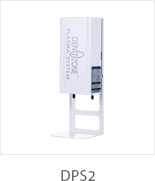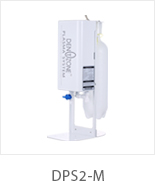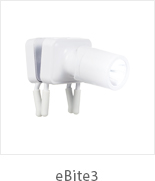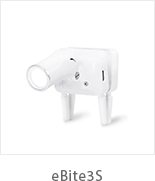| Title | Title: Understanding the Map Sensor: Function, Importance, and Common … |
|
2. Water Pump: The water pump is responsible for circulating the coolant through the engine and radiator. It is typically belt-driven and ensures a constant flow of coolant to regulate the engine temperature effectively. Introduction: The Manifold Absolute Pressure (MAP) sensor is a crucial component in modern automotive engines. It plays a vital role in monitoring and adjusting the air-fuel mixture to ensure optimal engine performance. Understanding how the MAP sensor works, its importance, and common issues associated with it can help ensure the smooth operation of your vehicle. In conclusion, the canister purge valve is a critical component of a vehicle's evaporative emissions control system. Understanding its function, importance, and the need for proper maintenance is key to ensuring that a vehicle remains in compliance with emissions regulations, operates efficiently, and minimizes its impact on the environment. Regular inspection and maintenance of the canister purge valve can help to prolong its lifespan and maintain optimal performance. - Regularly check fluid levels, such as oil, coolant, and windshield washer fluid. - Inspect the engine belts for signs of wear and tear, and replace them if necessary. - Change the engine air filter as recommended by the manufacturer to ensure optimal Engine Fault Diagnosis performance. - Have routine maintenance checks performed by a qualified mechanic to address any potential issues before they become major problems. The phrase "under the hood" is commonly used to refer to the engine compartment of a vehicle. This is where all the magic happens – where fuel is turned into power, allowing your car to move and operate smoothly. Understanding what's under the hood can help you become more knowledgeable about your vehicle, as well as help you pinpoint any potential issues that may arise. Maintenance: To ensure that the canister purge valve continues to operate effectively, regular maintenance is important. Signs that the valve may be failing include rough idling, difficulty starting the engine, and increased emissions. If any of these symptoms are present, it is recommended to have the valve inspected by a professional mechanic. 2. Limited-slip differential (LSD): This type of differential limits the speed difference between the two wheels, providing better traction and stability in challenging driving conditions. LSDs are commonly used in performance-oriented vehicles. Haldex fluid and filter are essential components of the all-wheel-drive system, providing smooth power transfer and optimal traction in challenging driving conditions. Regular maintenance and timely replacement of the fluid and filter are key to ensuring the longevity and performance of the AWD system. By understanding the role of Haldex fluid and filter and staying vigilant for potential issues, vehicle owners can enjoy the benefits of a reliable and efficient all-wheel-drive system. How Does the Engine Cooling System Work? The engine cooling system works by circulating coolant (usually a mixture of water and antifreeze) through the engine and radiator. As the engine runs, it generates a significant amount of heat, which is absorbed by the coolant. The hot coolant is then pumped into the radiator, where it releases this heat into the surrounding air. The now-cooled coolant is then recirculated back through the engine to absorb more heat, thus maintaining a stable operating temperature. The differential is located between the two wheels on an axle and is connected to both wheels via gears. When the vehicle turns, the inside wheel travels a shorter distance than the outside wheel. The gears inside the differential adjust to allow for the speed difference between the two wheels, ensuring smooth and stable handling. Function: The canister purge valve is part of the evaporative emissions control system, which is designed to capture and store fuel vapors from the fuel tank. These vapors are then directed to the engine to be burned as part of the combustion process, rather than being released into the environment as harmful pollutants. Components of the Engine Cooling System: 1. Radiator: The radiator is a key component of the cooling system, designed to facilitate heat transfer from the coolant to the surrounding air. It consists of a series of tubes through which the hot coolant flows, surrounded by fins that help dissipate the heat. Function of the MAP Sensor: The primary function of the MAP sensor is to measure the pressure inside the intake manifold of the engine. This information is essential for the engine control unit (ECU) to calculate the correct amount of fuel to inject into the cylinders. By monitoring the pressure, the MAP sensor helps the ECU adjust the air-fuel mixture based on various operating conditions such as engine load, altitude, and throttle position. Haldex fluid, also known as Haldex oil, is a special synthetic hydraulic fluid designed specifically for Haldex all-wheel-drive systems. It is responsible for transferring power between the front and rear axles in real-time, ensuring optimal traction and stability in various driving conditions. Haldex fluid is formulated to withstand extreme temperatures and pressures, providing smooth operation and longevity to the AWD system. |
|











